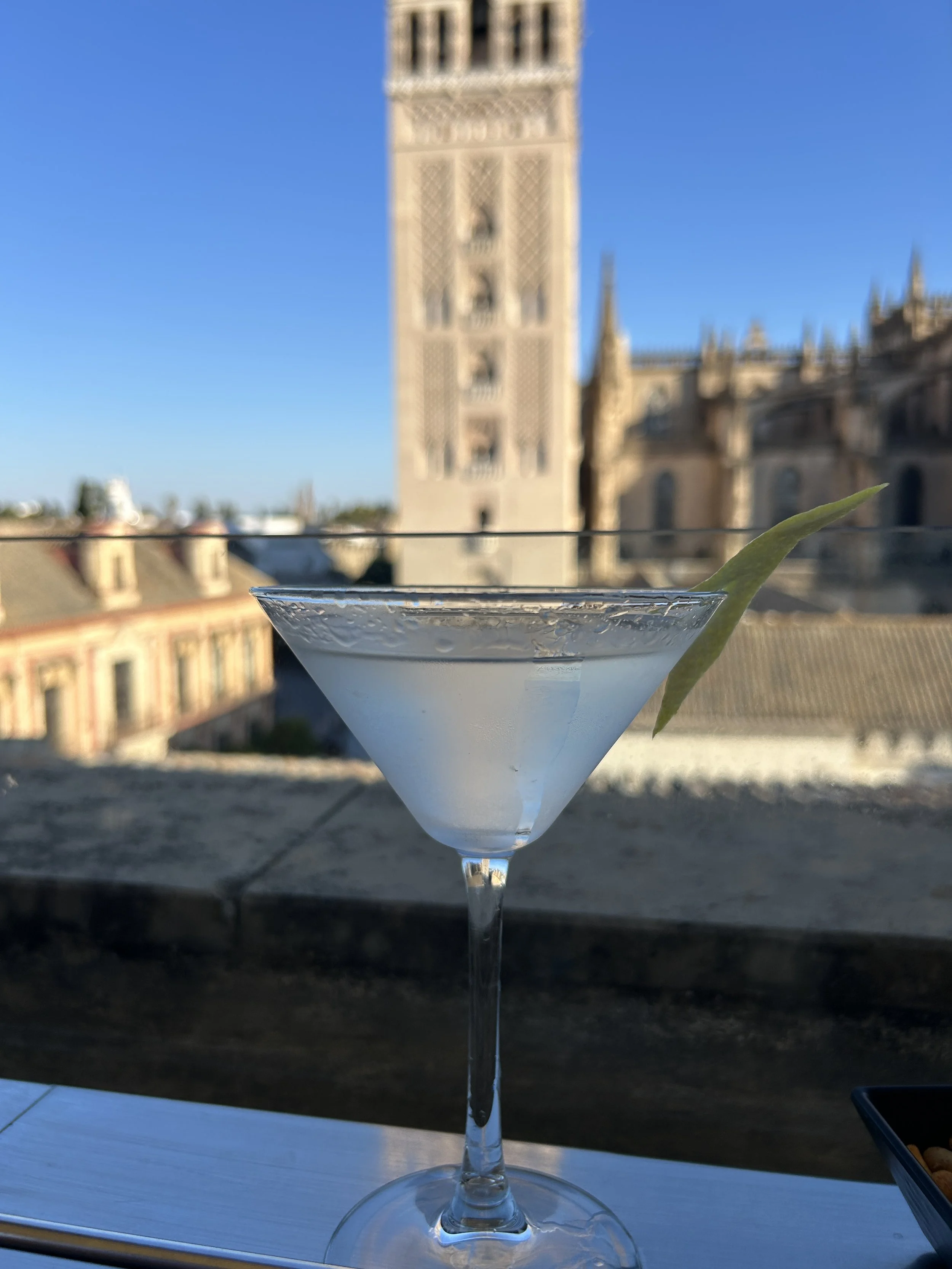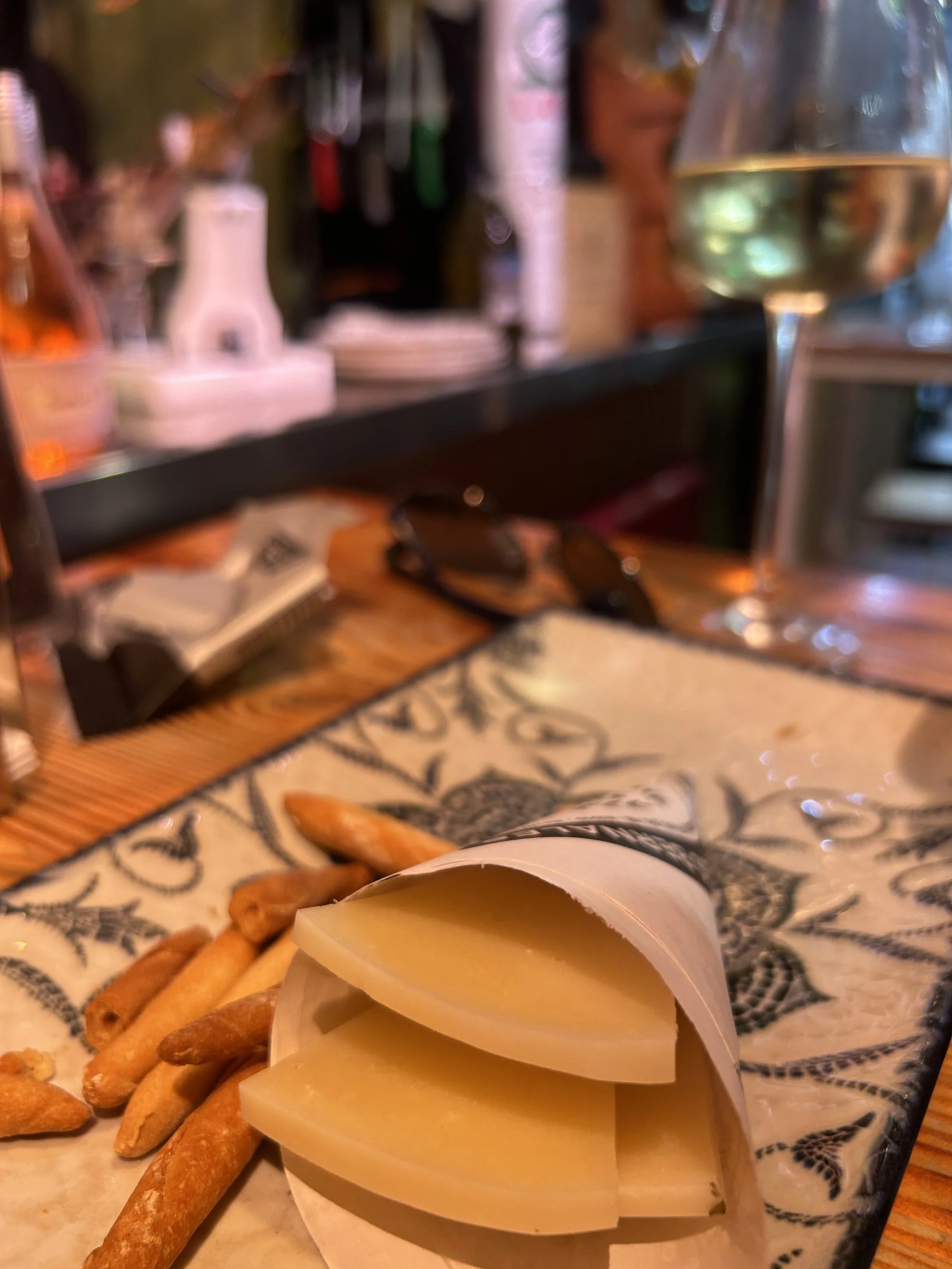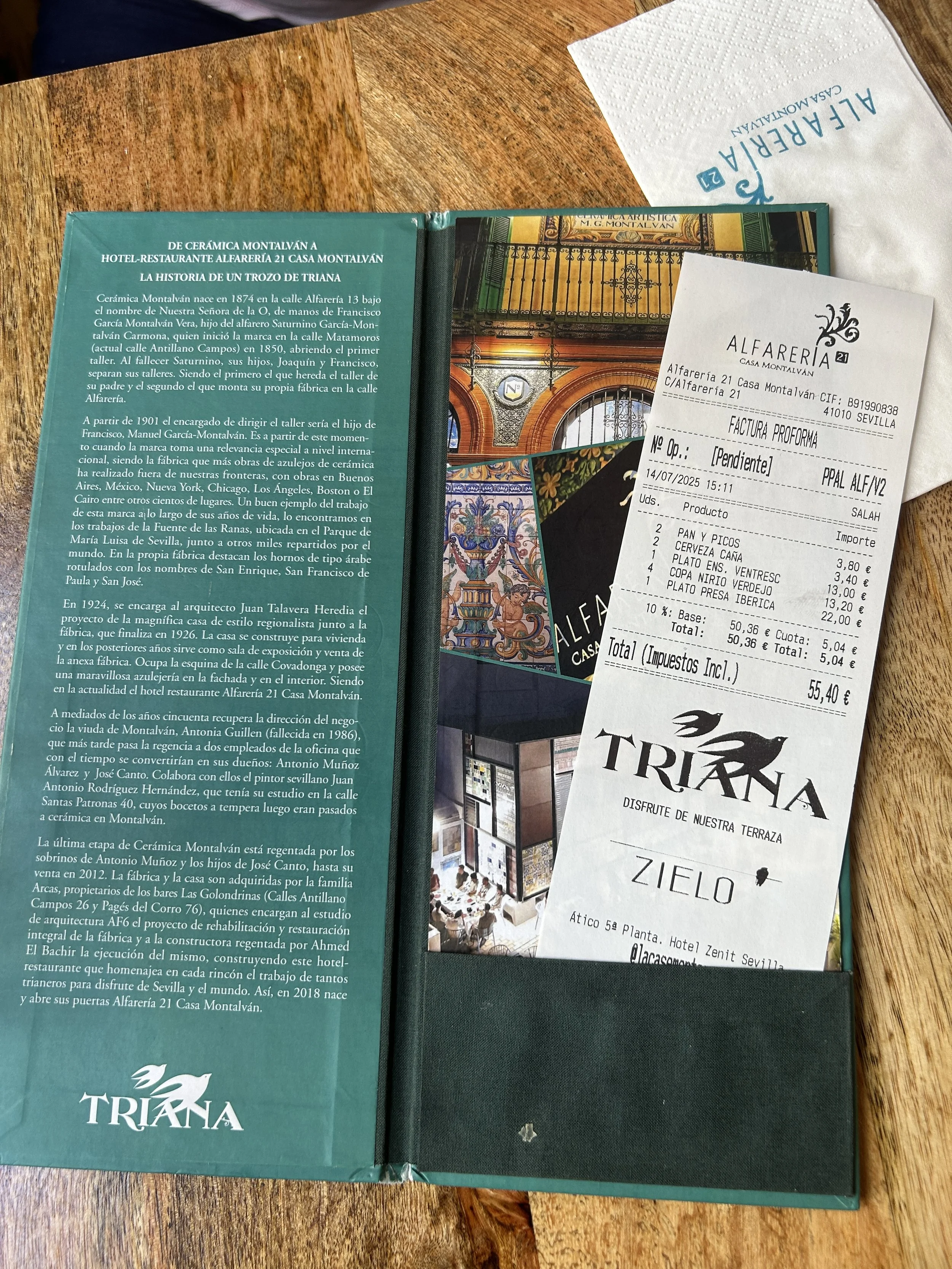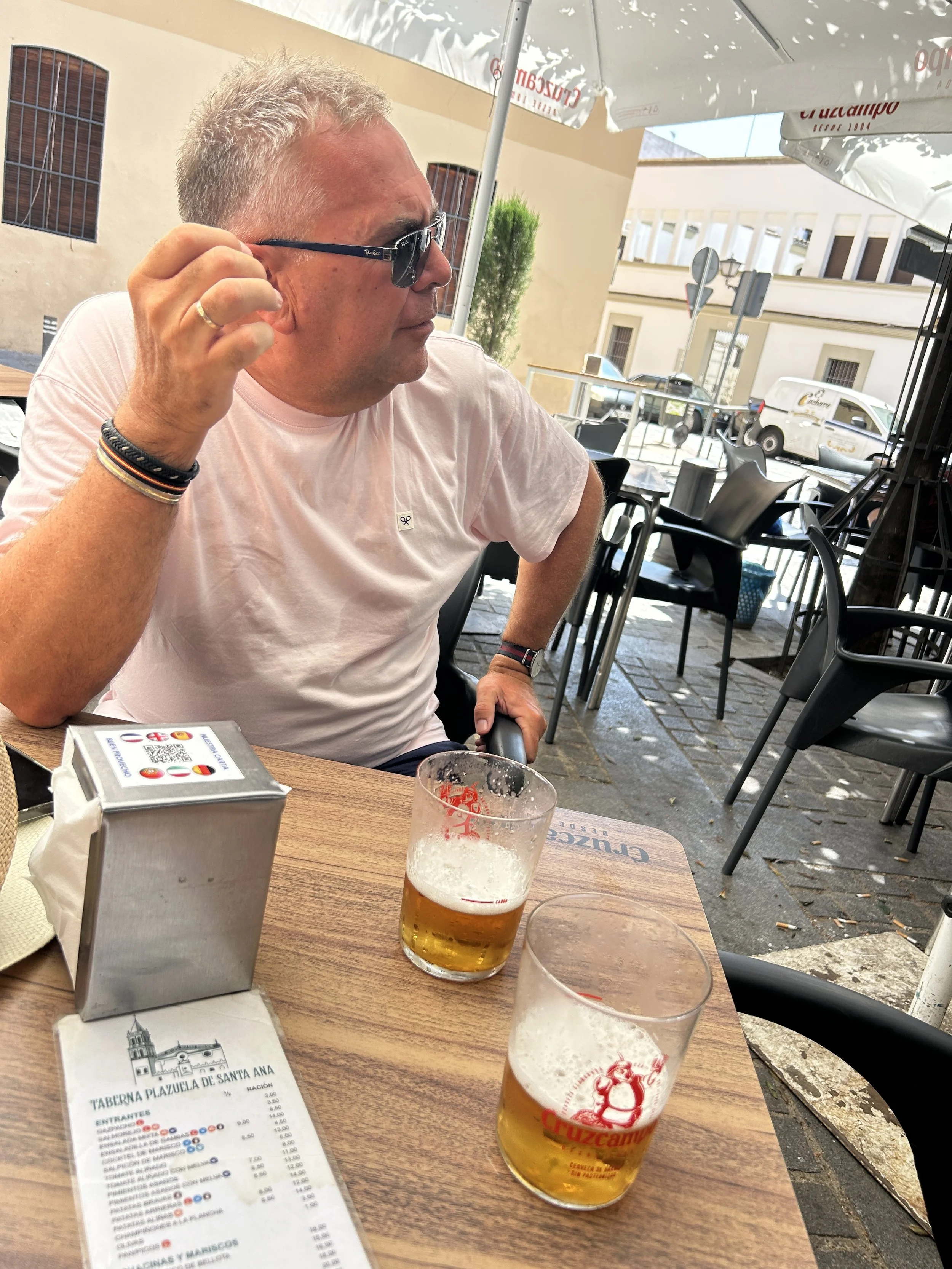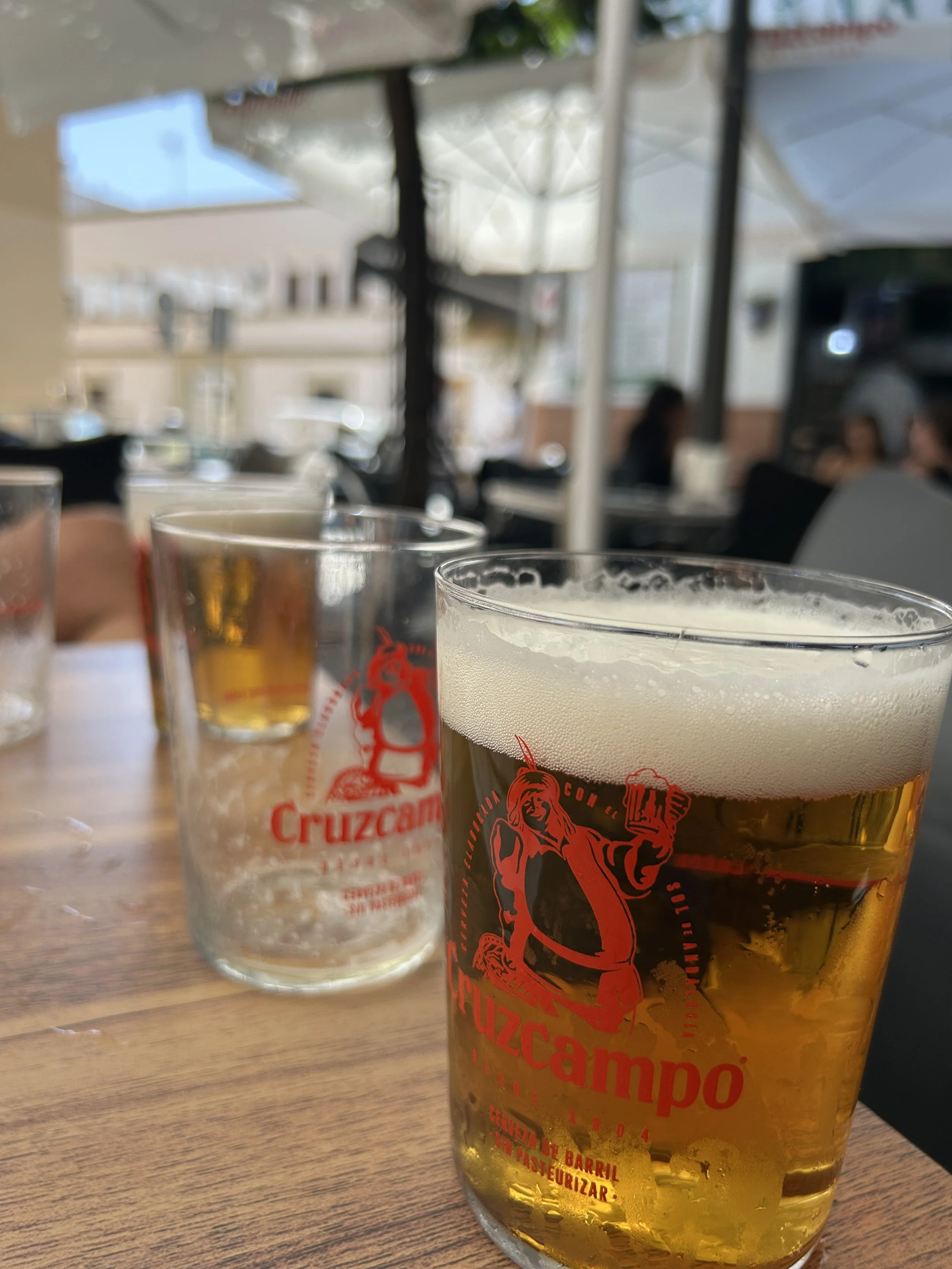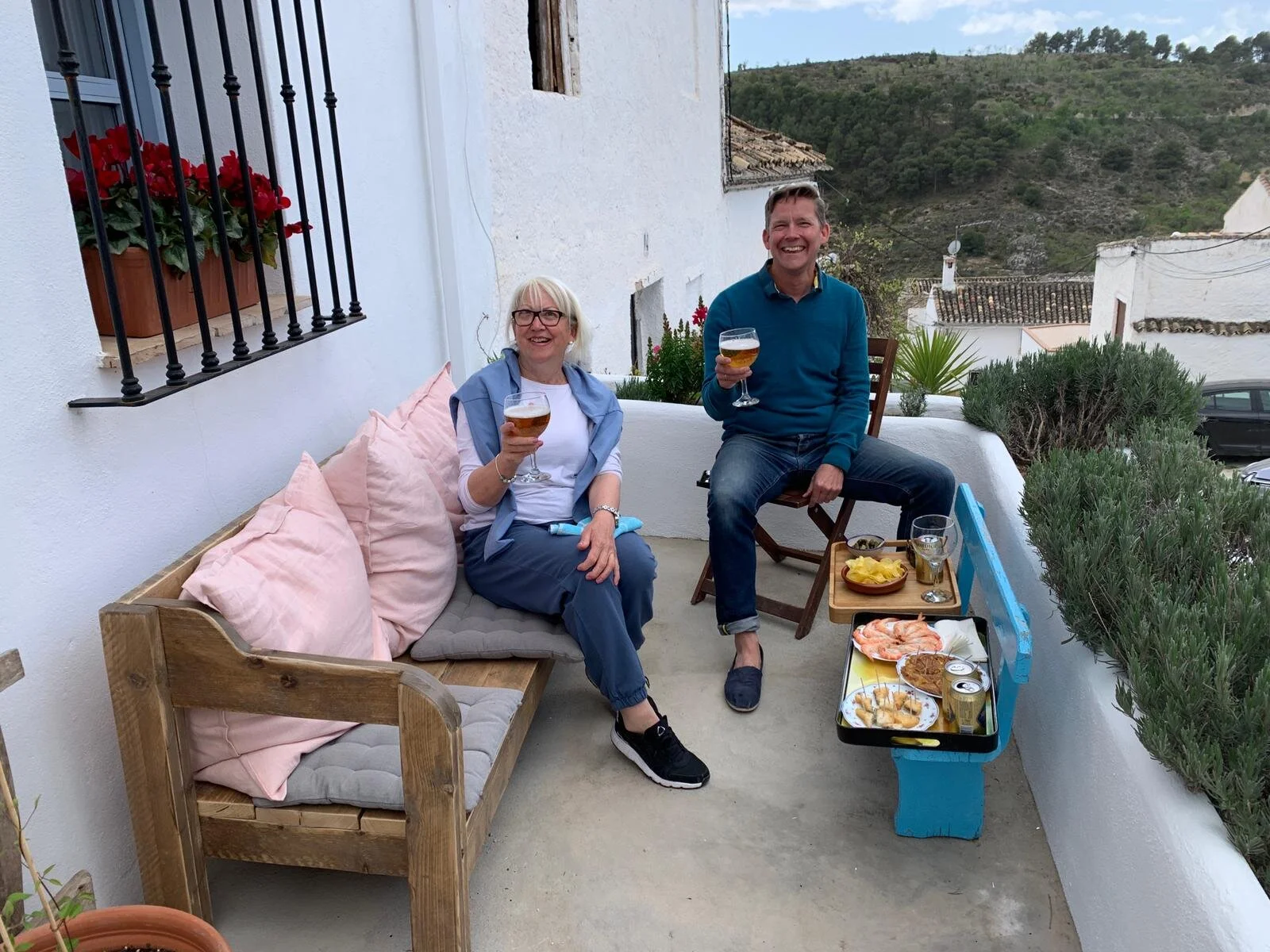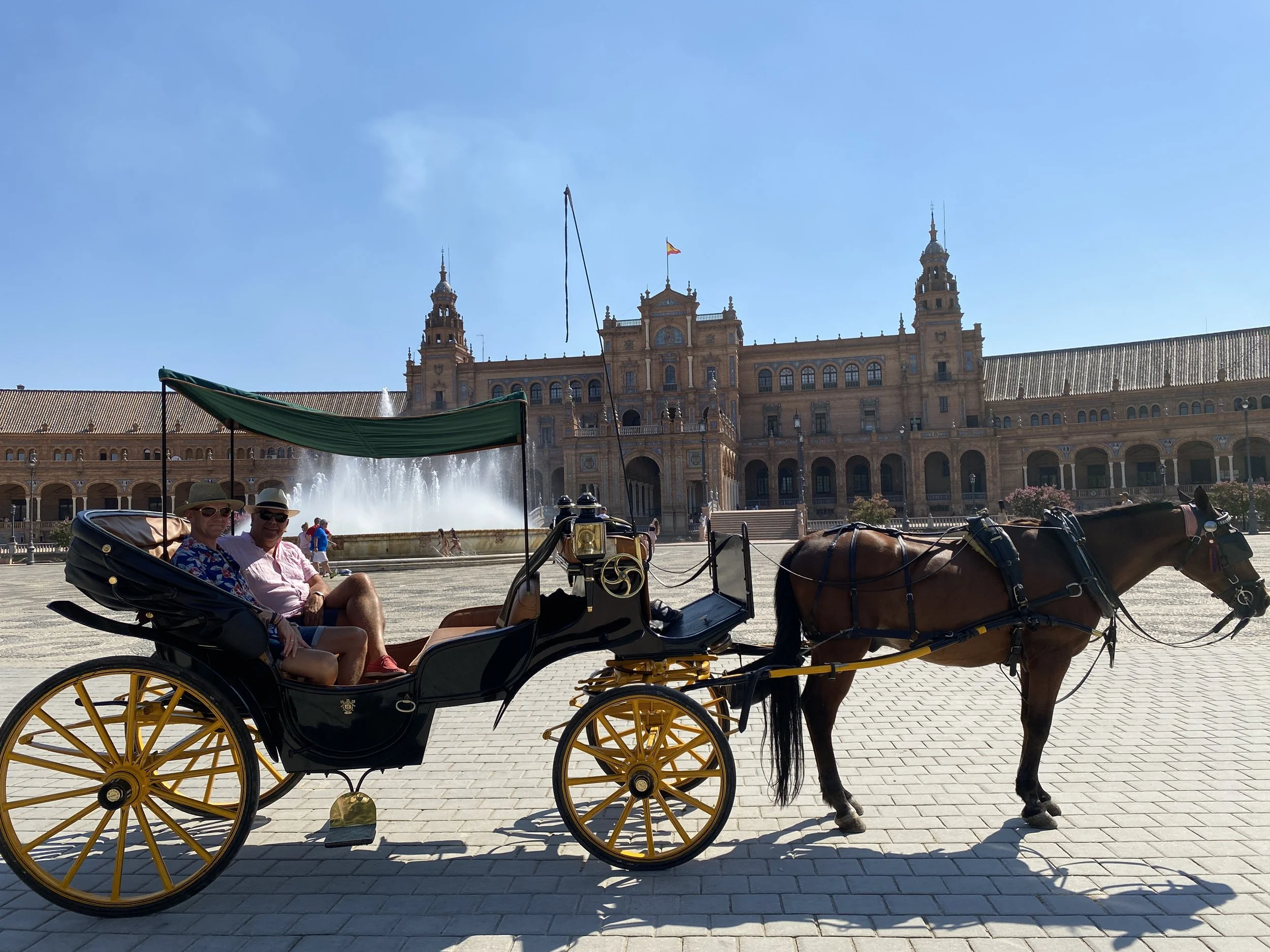What are the negatives of living in Spain?
We have discussed this question a little over the past few days, primarily as the result of reading a post on another blog that listed some of the author’s negative experiences of choosing Spain as their home for the past 5 years.
Before we go into any detail, it’s worth pointing out that there are negatives to living anywhere: a neighbour who causes disturbances; road traffic noise; too long a walk to get to local amenities; the list goes on. In life, we make compromises. There will be positive factors that far outweigh the negatives, and we learn to accept or live with the negatives.
I was dismayed to read this other blog post and, in fairness, the author does state that he expects people will disagree. I am not here necessarily to disagree but I do want to address one or two points raised in the post.
Firstly, there are comments made about the friendliness of local people. No village or town is perfect. We have had conversations with Spanish friends of ours who will openly tell us that people living in another village elsewhere are not pleasant; this is not an opinion unique to non-Spanish people living here. In villages, particularly, history has a huge part to play in relationships between other villages, bearing in mind that for many generations a village was made up of a core handful of families and everyone knew everyone else. If there was a bad apple in a family tree, the repercussions don’t dissipate quickly.
I have recounted the tale of some of our first weeks in Granada, when we used to drive in daily to go and learn Spanish at Escuela Delengua. Every day, for our morning coffee, Andrew and I would trot down to the nearest cafe, where we were greeted as if we were just tourists. That’s fine, we had our coffee and went back to school. However, when the owner of the bar realised that we were not passing ships, he would set out our coffee cups on the bar top waiting for our 11:00 arrival. A small gesture, but we immediately felt a sense of belonging and worth. I have been lucky in that I spent some time working in Granada city centre, both as a teacher of English to university undergraduates and as a tapas tour guide. I remain very good friends with the Spanish owner of the academy in which I taught, and have met his father who now supplies our firewood and crates of produce from his smallholding. Our Spanish teacher is still one of our best friends and she came to our wedding back in 2018. One of the bar owners I met doing tapas tours is another great friend and whenever we go to his bar, it is like going to visit a very old friend to share stories and enjoy the most convivial company for a couple of hours. Interestingly, many non-Spanish people we have met along the way have faded away for one reason or another but our Spanish friends, whom we met when we first arrived in Andalucia, remain steadfast and it is always a delight to catch up, and we have that easy bond that makes such catch-ups seem as though we only saw each other yesterday.
Is language a barrier? Not necessarily, as we spent too long initially faffing with our rudimentary Spanish. It is only now that we can have conversations on most topics, but that didn’t stop friendships forming. We still find it frustrating at times that we can’t be as articulate in Spanish as we can in our native tongue, but that doesn’t affect the very warm relationships we have with our friends here. Our neighbour, of whom we have written a lot in the past, is absolutely our family here and we love her. When we do go to one of the local bars, we always meet friends and can have a good chat. Walking down a street in Granada only yesterday, and we were unexpectedly hailed by one of our village neighbours who ran out of his workplace just to say hello!
That said, I concede that we have been very lucky. The first village in which we lived was much more closed, but then the percentage of non-Spanish people in that area was far greater so I am sure there is an element of “them and us”, particularly if the majority of non-Spanish speakers in such a community don’t get to grips with the Spanish language and cling together joined by the common bond of nationality.
Everyone’s experience is going to be different, but I think it is vital not to come with any pre-conceived ideas. Of course not every Spanish person is going to welcome a newcomer with open arms; life just isn’t like that. When we bought our first house in Moclín, we had no idea what the neighbours might be like, but we made sure that we got to know as many of our neighbours as possible, getting involved in events here, acting with the local theatre club, teaching the Women’s Association some English (at their request!), involving local individuals and businesses in our own business ventures. If you are perceived as being stand-offish through a lack of confidence, then you will naturally place yourself at a disadvantage.
Food Culture
Food is another element mentioned in the Mapping Spain website.
Glossy lifestyle magazines often discuss the health benefits of a Mediterranean Diet, and accompany the articles with beautiful photos of salads arranged temptingly on artisan ceramic plates on trestle tables beneath the shade of an olive tree. What is the Mediterranean Diet apart from a balanced mix of fruit, vegetables, olive oil and fish? It is about much more than just the food on your plate.
If you come with pre-conceived ideas that you will get 3 course meals, as is common in the UK or the US, brimming with meat and vegetables, then you are making a mistake.
The culture of food and eating out is different in Spain. What you do in your own home is up to you, but if you go out to dine at either lunchtime or for dinner, then you simply have to adapt to the Spanish way of doing things. It is the culture of food that is a central part of the so-called Mediterranean Diet. Here, food is not eaten as a means to an end; it is enjoyed as part of a much broader experience. Food is about sharing, conversation, getting together with friends and family, relaxing, catching up. It is a marriage between what is on the plate, what is in the glass and what you get from the people around you. Food here is not about ordering a great big plate as a main course and eating desserts until you feel stuffed. I hated that way of eating when we lived in the UK. I didn’t enjoy that over-stuffed feeling when you left so many restaurants, and the compulsion to eat everything on a plate because waste is to be avoided at all costs.
We were in Sevilla for a couple of days at the start of this week, and our time there served as a good example of the eating experience.
One day, we crossed the Guadalquivir River by bike to visit Triana. We wanted to discover more of this historic quarter of the city, the very heartland of Flamenco, and wandered through streets in search of the essence of the place. We stumbled, initially, on a bar in a small square shaded by trees where the murmur of local people mingled with the sounds of waiters weaving between tables bearing ice-cold beers. We could have spent hours here, soaking up the atmosphere. It wasn’t just a watering hole in which to have a drink. Natalie, our Flamenco teacher, knows Triana well and she said we ought to go to the Mercado de Triana for a real flavour of the area, so we duly followed her instructions. We love a market; it was a Monday, so not everywhere was open, but we found a traditional caseta selling embutidos. Settling on stools beside the bar, we ordered glasses of Fino and Manzanilla, and some manchego. Delicious! It is difficult to describe that glorious mix of very chilled, dry sherry and a mature, nutty manchego, but it is both the simplest and the best taste experience. We got chatting to the cortador behind the bar as he sliced thin morsels of jamón, and we learned about the significance of the two black tags on the leg of jamón. Slices were offered, and we compared the differences in taste between the sweeter hind leg (Jamón) and the slightly more savoury foreleg/shoulder (Paletilla). This was the experience I mention above. It’s not selecting a plate on a menu simply because we have been brought up to expect a starter, main course and dessert.
We had a destination in mind after our visit to the market, and we continued to Alfareria 21 - Casa Montalvan, a very characterful bar recommended by Seville expert, Fiona Flores-Watson. It could not have been more perfect for what we had in mind. The menu was not extensive, but it looked traditional and well considered. To illustrate my point about food being a part of a bigger picture, two smart Spanish businessmen were sitting at the table next to ours and they ordered their food to share: something small to pick at with their glasses of cold beer, following by a selected T-bone steak served with a hot slab so that the diners could finish off the slices of steak to their liking. Food formed part of their conversation, whether this was a business meeting or a social chat. Food was not the main focus; it was a part of the overall experience.
We have found, through this way of eating, that we know when to stop. We never leave the table feeling over-stuffed and uncomfortable. We select one or two dishes that we fancy, and share. It is very rare that we go to a restaurant and feel an obligation to have our own starter, main course and dessert unless we opt for the extremely inexpensive ‘menu del día’ that you might find in some lunchtime bars. As a result, we obviously eat less - we eat enough to sate our appetite and we savour every mouthful.
One of the things we wanted to do when we were in Sevilla on this recent trip was just this - go and find some of the hidden-away bars and enjoy the very best that the city has to offer. There was not a single disappointment. Delicious wines, food made from fresh local ingredients, atmosphere and life-affirming experiences.
Spain, as with every other country, is unique and, therefore, different. Don’t come to live here expecting your life to be the same as it was in your native country. If you live in a largely non-Spanish community, then there will be many similarities to your former life, but if you want to live in rural, inland Spain the secret is to push away your pre-conceptions and past experiences and relax. Embrace the life here; learn from the locals; above all, don’t expect things to be the same.
In our next blog post, Andrew will give a few tips on how to navigate a way around a traditional Andalucian menu. This is not meant to patronise; rather it is hoped that it will prove to be a useful guide to help select a balanced number of dishes to share and enjoy.
Places we found in Seville that we loved:
Casa Motavlán - characterful and delicious food
Casa Roman - Friendly, local, old town restaurant.
La Terraza del EME - great views, great cocktails
Taberna de Plazuela, Triana - This had such a local friendly atmosphere. The beer was SO cold and the staff were excellent at re-filling!


